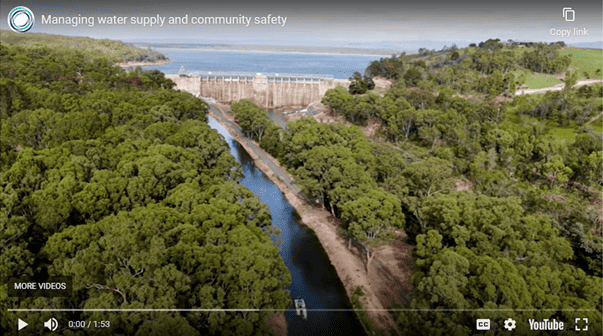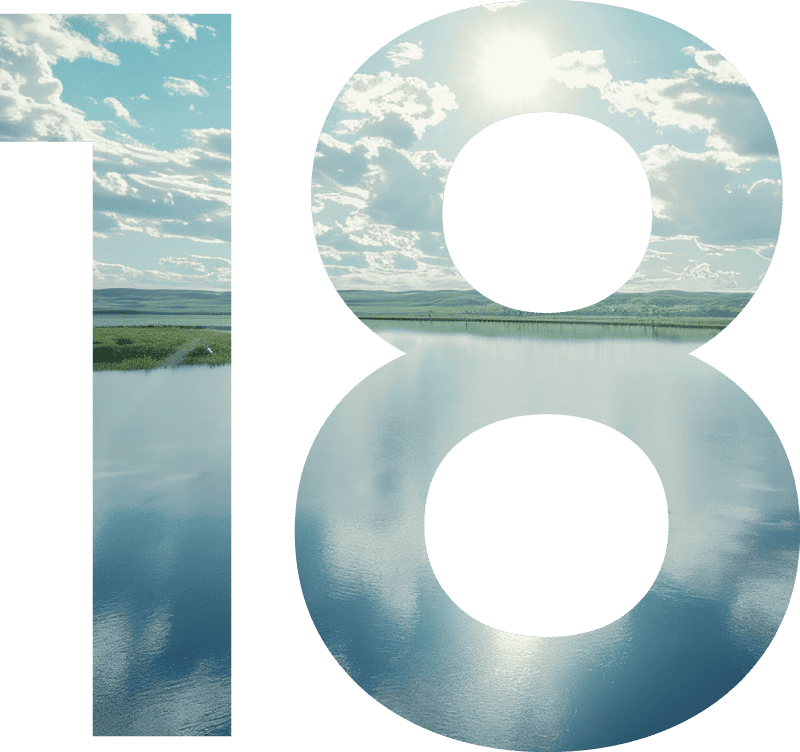
In Australia, we’ve had three consecutive La Niña years of above average rain and these created the conditions for much of the flooding in 2022.
When catchments are saturated, the land has limited capacity to absorb water. Any water the land can’t soak up flows across it and into our river systems. If the maximum carrying capacity of a river is exceeded, the water will rise higher than its banks and flow onto the surrounding areas.
We often associate flooding with disaster and loss but it’s a natural process that’s beneficial to many plants, animals and environments across Australia. When floods occur, they can replenish billabongs and wetlands and are essential to life cycles of many important species of flora and fauna. Flood water also carries valuable nutrients and minerals that can be deposited in soils which are important for agriculture.
Flooding can be devasting. However, dams can help us regulate river systems, capture floodwater, and allow us to release water in a controlled way that can help mitigate the impacts of floods downstream.
Southern Rural Water manages seven water storages across southern Victoria. Their storages are dams built on a river or creek and hold back water to form a lake behind it.
SRW manage both gated and fixed crest dams. Fixed crest dams are designed for water to flow over the edge once they reach its full level. This means SRW have limited ability to control the flow. However, if the storage isn’t full before rain, it can reduce downstream flooding.
Gated dams like Lake Glenmaggie give SRW more control for flood mitigation. The gates allow them to lower the water level in the dam by releasing water in advance of forecast rain. Doing this helps us reduce the effects of flooding downstream.
SRW have flood management plans for all their storages that guide their strategy and operations. They use weather, stream flow and catchment data to build complex models. These models help us predict scenarios and make decisions about storage levels and combined with operational considerations, allow them to determine when to release water from their dams in a controlled way.
Three years of above-average rainfall means most of their dams are full. SRW’s job is to balance holding water for customers and releasing water to ensure they protect the dams and the downstream communities. However, we can’t prevent all floods.
Southern Rural Water work closely with the Bureau of Meteorology and emergency services to manage floods.
https://youtu.be/_CECVSG9o0o
06/02/2023


